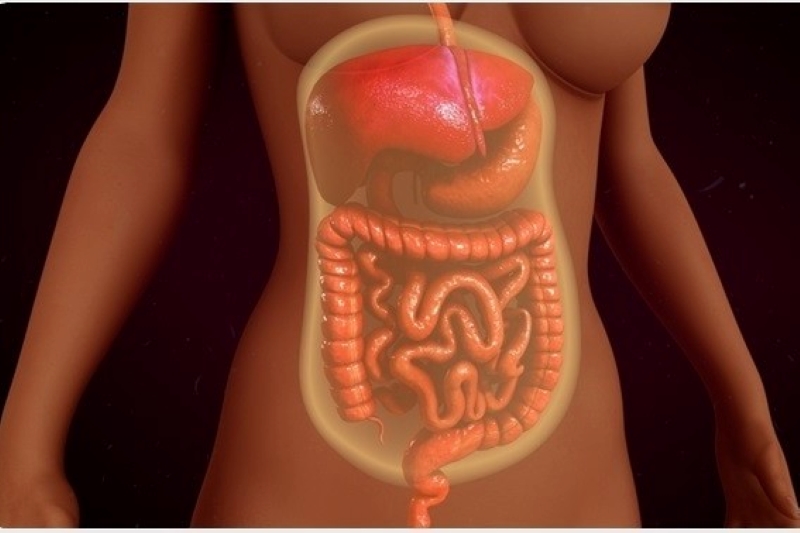
Abdominal anatomy: difference between parietal and visceral peritoneum
The peritoneum is a mesothelial serous membrane, thin and almost transparent, which is found in the abdomen and constitutes the lining of the abdominal cavity and part of the pelvic one (parietal peritoneum), it also covers a large part of the viscera contained inside it (peritoneum visceral), while attaching them to the walls of the cavity (ligaments of the viscera)
The peritoneum, like other serous membranes, consists of a thin continuous lamina
Depending on its location in the abdominal cavity, it is divided into:
- Parietal peritoneum, the outermost layer, lining the inner surface of the walls of the abdominopelvic cavity;
- Visceral peritoneum, the innermost layer, which covers most of the viscera contained within the abdominal cavity.
Between these two layers there is a space, called peritoneal cavity (or cavity), which is completely closed and is therefore a virtual cavity filled only by a small quantity (about 50 ml) of a serous liquid which acts as a lubricant allowing the two layers to slide together without excessive friction.
The visceral peritoneum, with its numerous folds around the abdominal organs, causes the peritoneal cavity to shrink to a remarkably small, almost virtual space.
Some organs of the abdomen are completely surrounded by the peritoneum and are provided with a double sheet, which takes the name of meso (e.g. mesentery for the small intestine, mesocolon for the colon, mesometrium for the uterus and so on), which joins them to the parietal peritoneum of the abdominal wall.
In some cases, as in the mesentery, a layer made up of two welded sheets of visceral peritoneum tends to merge with another sheet giving rise to a fold which is inserted into the posterior wall of the abdomen along an oblique line which goes from the duodeno-jejunal flexure to the right iliac fossa.
In other organs, such as the duodenum and the ascending and descending colon, the peritoneum forms an incomplete lining leaving some exposed areas in contact with the posterior abdominal wall.
Read Also
Emergency Live Even More…Live: Download The New Free App Of Your Newspaper For IOS And Android
Palpation In The Objective Examination: What Is It And What Is It For?
Acute Abdomen: Causes, Symptoms, Diagnosis, Exploratory Laparotomy, Therapies
Acute Abdomen: Causes And Cures
Peritonitis: Definition, Causes, Symptoms, Diagnosis, Types And Treatment
Abdominal Regions: Semeiotics, Anatomy And Contained Organs
Accumulation Of Fluid In The Peritoneal Cavity: Possible Causes And Symptoms Of Ascites
What Is Empyema? How Do You Deal With A Pleural Effusion?
Ascites: What It Is And What Diseases It Is A Symptom Of
Abdominal Health Emergencies, Warning Signs And Symptoms
Abdominal Ultrasound: How To Prepare For The Exam?
Abdominal Pain Emergencies: How US Rescuers Intervene
Abdominoplasty (Tummy Tuck): What It Is And When It Is Performed
Assessment Of Abdominal Trauma: Inspection, Auscultation And Palpation Of The Patient
Acute Abdomen: Meaning, History, Diagnosis And Treatment
Abdominal Trauma: A General Overview Of Management And Trauma Areas
Abdominal Distension (Distended Abdomen): What It Is And What It Is Caused By
Abdominal Aortic Aneurysm: Symptoms, Evaluation And Treatment
Hypothermia Emergencies: How To Intervene On The Patient
Emergencies, How To Prepare Your First Aid Kit
Seizures In The Neonate: An Emergency That Needs To Be Addressed
Abdominal Pain Emergencies: How US Rescuers Intervene
First Aid, When Is It An Emergency? Some Information For Citizens
Pain Management In Blunt Thoracic Trauma
Acute Hyperinflammatory Shock Found In British Children. New Covid-19 Pediatric Illness Symptoms?
Kidney Diseases, Kidney Ballot Manoeuvre: What It Is, How It Is Performed And What It Is Used For
Maneuver And Positive Or Negative Rovsing Sign: What Are They And What Do They Indicate?
Point Of Morris, Munro, Lanz, Clado, Jalaguier And Other Abdominal Points Indicating Appendicitis



